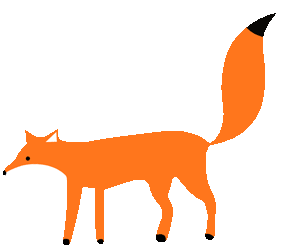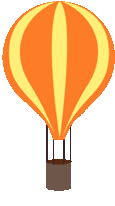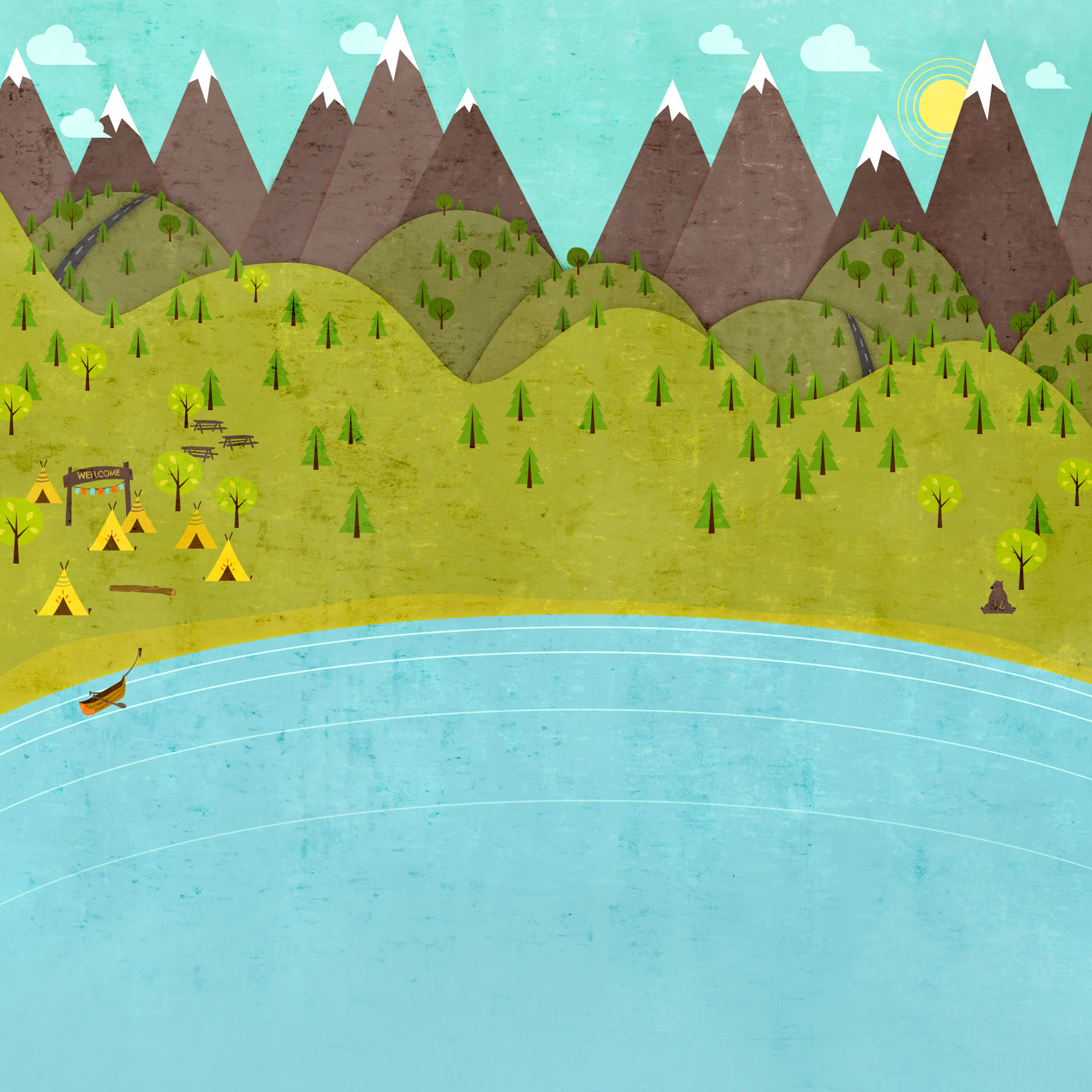

Beginning Reading
“Uh, uh!” with Bill the Boxer
Beginner Reading Design
By Savannah Adcock

Rationale: This lesson teaches children about the short vowel correspondence u=/u/. In order to be able to read, children must learn to recognize the spellings that map phonemes in spoken words. In this lesson children will learn to recognize, spell, and read words in which u=/u/. They will learn a meaningful representation (a boxer saying “uh, uh” while hitting a boxing bag), they will act this out themselves, giving them a fun physical visual to remember by, they will spell and read words containing this spelling in a Letterbox lesson, and read a decodable book that focuses on the correspondence u=/u/.
Materials: Graphic of a boxer hitting a boxing bag, cover-up critter, whiteboard or SmartBoard, letterboxes for modeling on SmartBoard or whiteboard (can even use large construction paper to tape on whiteboard, or can make colorful boxes on SmartBoard under the drawing application), and individual letterboxes for each student, letter manipulatives for each child, and magnetic or smartboard letters for teacher [d, u, c, k, s, n, g, s, t, p, n, c, h, s, c, r, b]; list of spelling words on a poster or whiteboard to read [duck, cup, gust, munch, rock, grunt], decodable text Fuzz and the Buzz, and assessment worksheet
Procedure: 1. Say: “In order to become expert readers we need to learn the code that tells us how to pronounce words. We have already learned to read some short vowel words with /a/, /e/, /i/, and /o/, but today we’re going to learn our last short vowel sound /u/. When I say /u/ I think of a boxer hitting a punching bag, going ‘uh, uh, uh, uh’. [show graphic image]
2. Say: “Before we learn about the spelling of /u/, we need to listen for it in some words. When I listen for /u/ in words, I hear the letter u make the /u/ sound and my lips open up like this. [make vocal gesture for /u/] Ill show you first: sub. I heard the letter u make the /u/ sound! I think it was in the middle. Lets try again, b-b-u-u-u-d-d. I did her it and I felt my lips open up like this [open mouth to demonstrate the /u/ sound]. There is a short U in bud. Now I’m going to see if it’s in bad. Hmm, I didn’t hear that boxing ‘uh uh’ /u/ and I felt my mouth open a little wider. Now you try. If you hear /u/ say, ‘Uh, uh, uh’ like our boxer. If you don’t hear /u/ say, ‘That’s not it.’ Is it in sit, cup, shut, hop, hunt, grunt? [Have children point at their mouths when they say the short /u/.”
3. Say: “Now let’s look at the spelling of /u/ that we’ll learn today. One way to spell /u/ is with the letter /u/ in-between two consonants tell me to say /u/. [write the letter u on the board] What if I want you to spell the word duck? ‘They duck swam in the lake.’ A duck is an animal.”
4. Say: “To spell duck in letterboxes, first I need to know how many phonemes I have in the word, so I stretch it out and count: /d//u//k/. I need three letter boxes. D-u-u-ck, I heard that /u/ just before the /k/ so I’m going to put a u in the 2nd box. The word starts with /d/, that’s easy; I need a d. Now it gets a little tricky, so I’m going to say it slowly, /d//u//k/. I have one empty box now. [point to letters in boxes when stretching out the word: /d//u//k/] The one missing is ck which says/k/.
5. Say: “Now I’m going to have you spell some words in letterboxes. You’ll start out easy with three boxes for sun. The sun is what lights up the sky everyday. “The sun was shining.” What should go in the first box? [respond to children’s answers]. What goes in the second box? I’ll check your spelling while I walk around the room. [observe progress].”
6. Say: “You’ll need four letterboxes for the next word. Listen for the beginning sound that goes in the first box. Then listen for that /u/ sound. Here’s the word: gust, I felt a gust of wind as I walked out of the door, gust. [allow children to spell words] Time to check your work. Watch how I spell it in my letterboxes on the board: g-u-s-t and see if you’ve spelled it the same way. Try another with four boxes: punch, our boxer will punch the bag with an ‘uh-uh’. Punch [have volunteer spell in the letterbox on the front board for children to check their work. Repeat this step for each new word. Next word. Listen to see if this word has /u/ in it before you spell it: rock, I found a nice rock to add to my collection. Do we need u to say the /u/ in this word?
7. Why not? Right, because we didn’t hear that boxer saying /u/ in this word. We spell it with our short vowel o. [volunteer spells it on the front board. Did you remember to spell /k/ with a ck?
8. Say: “Now let’s try 5 phonemes: scrub, the boxer took a bath and had to scrub the dirt off. One more and then we’re done with spelling, and this time you need four boxes: brush, the boxer went to brush his teeth. Remember to really stretch the word out to get it if you are having trouble.”
9. Say: “Now I am going to let you read the words you’ve spelled, but first I’ll show you how you could read a tough word. [display poster with punch on the top and model reading the word. First I see that u in-between consonants; that’s my signal that the vowel will make its short sound. There’s the vowel u it must say /u/. I’m going to use a cover-up to get the first part [uncover and blend sequentially before the vowel, then blend with the vowel] /p//u/=/pu/. Now I’m going to blend with that /n/=/pun/. Now all I need is the end /ch/=/punch/. Punch, that’s it. Now it’s your turn, everyone together. [Have children read words in unison. Afterwards, call on individuals to read one word on the list until everyone has had a turn]”
10. Say: “You’ve done a great job at reading word with our new spelling for /u/:u. Now we are going to read a book called Fuzz and the Buzz. Fuzz is a bear cub that loves to play. One day he is playing outside, and he hears a strange buzzing noise close to his ears. What could it be? Is he going to be okay? We have to read to find out!”
11. Say: “On this worksheet, there are pictures and a list of words. You are going to look at the word choices, and decide which word goes with the picture. Then, if the word has a boxing ‘uh, uh’ /u/ color the picture that goes with it! If you have any questions, just raise your hand and I will walk around to help you. Make sure to go back and check your work to make sure your choices make sense.” [Collect worksheets to evaluate individual child progress.]
Resources:
Assessment Worksheet: print in black and white. http://www.justmommies.com/articles/easyreading-short-u.pdf or http://www.enchantedlearning.com/alphabet/matchwordsandpix/shortu/
Model Lesson Plans: Bethany Dyess https://sites.google.com/site/msdyessresearchbasedctrd3000/home/beginning-reading-design-the-caveman-says-uhh
Book: Cushman, Sheila. “Fuzz and the Buzz.” China: Educational Insights Carson, CA, St Albans, Herts. 1990. Print.
d
u
ck
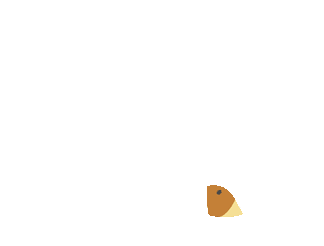
Click to return Handoffs

